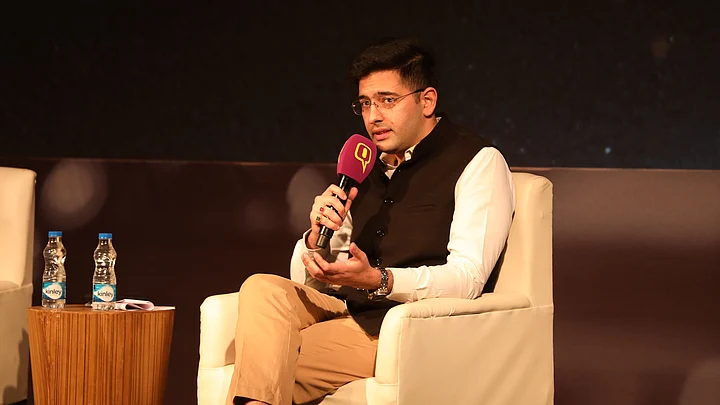India has some of the world's most dangerous roads. Last year nearly 150,000 people died in traffic accidents, an increase of 50% in the past decade, according to the official data published by the Ministry of Road Transport and Highways.
Preventing road traffic injuries from occurring should be the main goal to be pursued, but the reality is that crashes continue to occur. Society therefore must be prepared to mitigate the consequences of crashes and enhance the quality of life of people who are injured. How do we do that?
The Golden Hour
The way in which persons injured in road traffic crashes are dealt with following a crash determines their chances and the quality of survival. If they are provided timely aid, chance of their survival increases. The 'Golden Hour' is the first hour after the trauma, clinically speaking. Not only does it increase the chance of survival, but prompt action may also reduce the severity of the injuries.
How can you help as by-standers?
Those who are present at the scene of a crash can play a crucial role during the Golden Hour in various ways:
· First step to be taken is to contact the emergency services and call for help. It is said that the first four minutes are the most crucial. If possible, administer first aid within this period.
· Take immediate action by using a fire extinguisher if the vehicle is on fire. When the victim is in a dangerous situation, bystanders should be able to take any necessary action secure the scene - such as prevent further crashes, prevent harm to rescuers and bystanders, and control the crowd gathered at the scene.
· If there is no ambulance available, transport the injured persons to a hospital, while making sure that during shifting, the victims are not hurt further .
Earlier, people were apprehensive about helping accident victims since they fear legal consequences. To overcome the same, India enacted a Good Samaritan law in 2015 which safeguards the bystanders who help trauma victims- it doesn’t hold a Good Samaritan liable for any civil or criminal action for any injury or death of the victim. Undoubtedly, the implementation of the law requires a change in societal mindset and a strong enforcement system to check the violations of police officials and hospitals.
Are trauma centres well-equipped?
Trauma care systems are not fully established in India and those that exist are not well-equipped. There are gaps in communication between transport facility and trauma care facility, lack of trained staff in ambulance and emergency rooms, deficient manpower and facilities, and an absence of defined protocols and guidelines.
According to a 2015 study by Academy of Traumatology, most ambulances in the country lacked trained paramedics but were equipped with basic life supporting equipment. Nearly 90% had no communication systems between ambulances and hospitals. Hospitals lacked trained staff to handle trauma cases in the emergency department. Thus, there is an immediate need to put in place coordinated measures to address trauma care. Political leadership, policy makers, professionals from a wide variety of disciplines, industry leaders, and the society together need to take serious note of this scenario and act together to reduce this growing burden.
India needs to see a massive improvement in post-crash care. Corporates like AB InBev have taken it upon themselves to educate the population on social responsibilities of helping an accident victim as well as help stakeholders implement appropriate measures to accelerate the progress towards safer roads through its #SaferRoadsForGurugram (SRFG) initiative. SRFG organised an event, ‘Safer Roads for Safer Lives’ with the Quint on December 3, where they gave Good Samaritans a platform to ensure their voice reached larger audiences.
Have you heard about the ‘ambulance auto’? Harjindar Singh, the 76-year-old, took it upon himself to provide road accident victims with a free ride to hospitals. Behind his autorickshaw is a sign which says, “free ambulance for those injured in road accidents”. Good Samaritan Singh spoke at the event. Read more on him here.
(At The Quint, we question everything. Play an active role in shaping our journalism by becoming a member today.)
